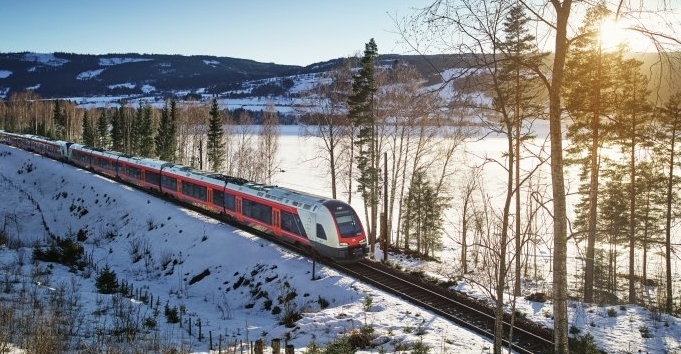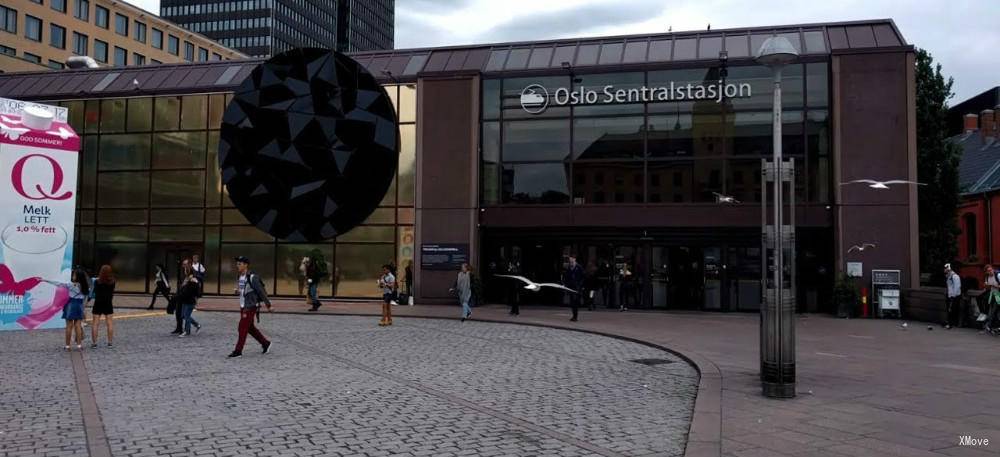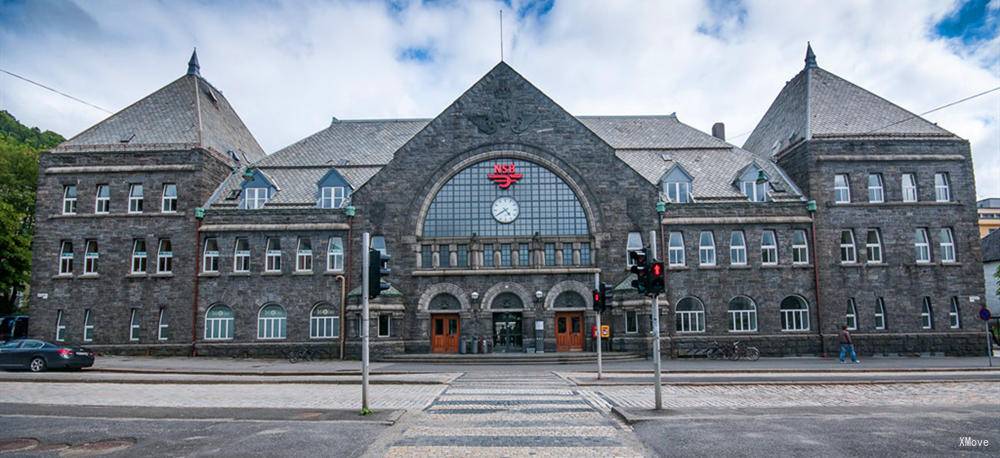
Ultimate Guide To FlixBus/FlixTrain
Friends who live in Europe know that buses are currently one of the cheapest ways to travel in Europe. Flixbus is currently the largest long-distance bus company in Europe.
At present, Flixbus not only does business in popular tourist cities, but most of the large residential towns in Europe have bus stations, including Germany, France, Italy, Netherlands, Poland, Czech Republic, Denmark, Sweden, Norway, Switzerland, Spain , Portugal, Hungary, Austria, Croatia, Belarus and other countries. Among them, the German route is the cheapest. Flixbus began to expand to the United States in 2018, and currently has thousands of sites in the United States.
...

Norwegian National Railway
Norwegian National Railways (Norges Statsbaner, NSB for short). The railway system in the Nordic countries is quite perfect, coupled with the sparsely populated area, the train is the easiest and most time-saving means of transportation. You just need to sit in a chair and enjoy the scenery outside the window, the red and yellow village landscape, and the leisurely pleasures of the town, the countryside and the mountains. This rare travel experience is always memorable.
booking
Most of the Norwegian trains do not need to be booked, but for high-speed trains and night trains, reservations are required. Even long-haul trains that do not require reservations, travel seasons or special holidays, or popular routes are recommended. If you need a reserva...








